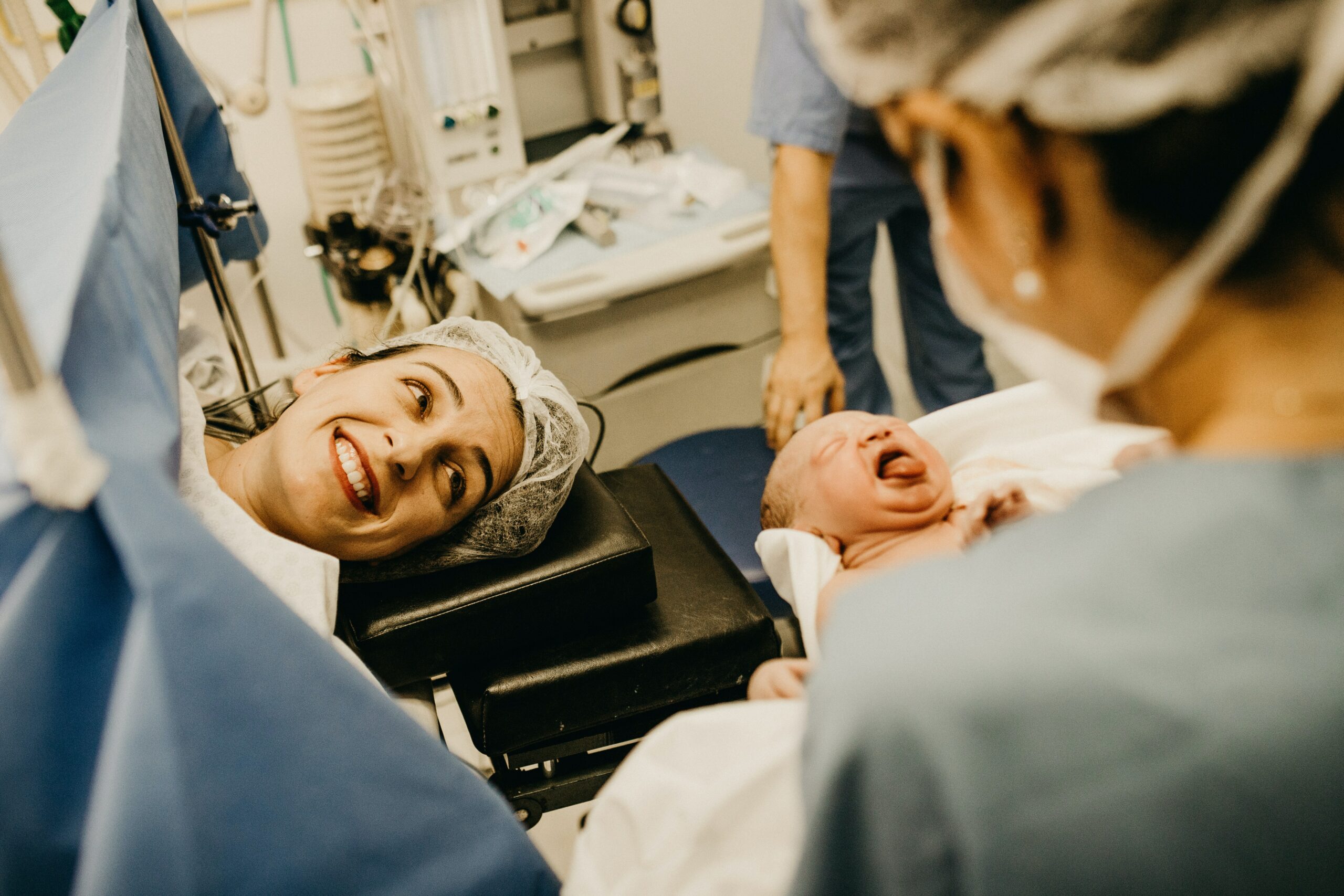Barbara McClintock was a scientist before her time. Yes, she studied corn genetics, which doesn’t sound too exciting, but unlike most she had the tenacious spirit and creative insight to make corn research dynamic and meaningful to even the field of medicine. McClintock’s investigations into the cytogenetics of corn ultimately led to the groundbreaking discovery of “jumping genes” that would shake up the realm of genetics and set the foundation of genomics research.
Early Life and Education
McClintock was born in Hartford, Connecticut in 1902, the third of four children. Her father was a physician, but he struggled to build his own practice which led to financial problems. Due to this, McClintock lived with relatives for part of her upbringing, where she was described as a child that preferred to be alone. An unfavorable trait by society’s standards actually turned out to be a unique gift that invigorated her research career, though she had to overcome some discouragement at first. McClintock’s mother feared that if her daughter sought a college education she would be doomed to an unmarried life, so she tried to deter her from entering college. Luckily, her father was more supportive and, with his blessing and encouragement, she entered Cornell University and received her PhD in botany in 1927. A PhD was unheard of for females in the twenties. Women at that time were usually married and unemployed, or employed in standard “female” occupations as teachers, nurses, librarians, even dancers and actresses. However, women scientists were very rare. Not only did science come with its own share of discrimination fueled by male dominance, but the actual work was very rigorous and demanding. McClintock overcame both obstacles with resilience and grace, which is evident in her remarkable career.
Research Career
After receiving her PhD, McClintock began a long career of teaching and research. After teaching botany and performing postdoctoral research in maize cytogenetics, she was awarded an appointment as Professor at the University of Missouri. Though she continued to work diligently during her time at Missouri there was always a bit of tension and the feeling of being under-appreciated. Even after years of working as a Professor, she would be locked out of faculty meetings, during which they discussed her research. After the realization that she would never be promoted to tenureship, McClintock left Missouri and later accepted a more fitting, full-time research position outside of academia, at Cold Spring Harbor Laboratory (1941). It was during this time when she was unfettered by teaching and solely focused on research that she made her most revolutionary discovery.
Revolutionary Discovery
McClintock discovered mobile genetic elements called transposons, which are genes that jump from one chromosome to another. This finding was completely radical at the time, and was met with skepticism and even hostility. In the 1940s researchers just hadn’t reached McClintock’s level of understanding. It was not simply her findings that set her apart, it was the interpretation of the findings that were met with disbelief. Her new theory of movable genes completely put into question what had been previously accepted. Previously, the genome was thought to be a set of static instructions that was passed from one generation to the next with little or no change. However, McClintock’s discovery and explanation defied the earlier propositions and provoked new thinking. Not surprisingly, her colleagues were not quick to accept her theories, and some even viewed her work as antagonistic. Her work was not accepted until over 30 years later, when more advanced molecular chromosomal studies corroborated her findings. The myriad accolades and rewards that followed were not only deserved but long overdue. Nevertheless, McClintock in her humility disliked the limelight and did her best to avoid the attention. She could not, however, evade the publicity she would gain when, at 81 years of age, she received the Nobel Prize in Physiology or Science. The first un-shared award of its kind.
OB-GYN Women’s Centre of Lakewood Ranch Celebrates McClintock’s Legacy
McClintock was the “Genetic Detective” of all things corn. She described her process as one in which she searched for answers in anything that seemed off. She did not see deviations as random, she believed there were answers to all anomalies, and this thought drove her persistent and intense studies; those of which ultimately made her one of the most accomplished geneticists of her time. McClintock passed away in Huntington, N.Y., on September 2, 1992, at 90 years of age. She is an example of perseverance and resilience. She never let being a woman hinder her from following her passion and defying what culture and society defined as a woman’s role. Her scientific achievements not only showed her ability to successfully work alongside her male colleagues, but her discoveries demonstrate her importance as a leader in her field regardless of her gender. For women of all generations McClintock is a hero and a role model.
It is because of the diligent work and tenacity of women in medicine and science, such as Barbara McClintock, that we physicians at OB-GYN Women’s Centre of Lakewood Ranch have set such high standards. Although McClintock studied corn, we can still learn from her example of dedication and patience. She was known to be so united with her plants that some say she had an otherworldly insight focus, so that we may connect with our patients and provide care that meets your deepest needs.
Thanks for celebrating Women in Medicine with us. We hope to hear from you soon if you have any questions or need to schedule your appointment.




